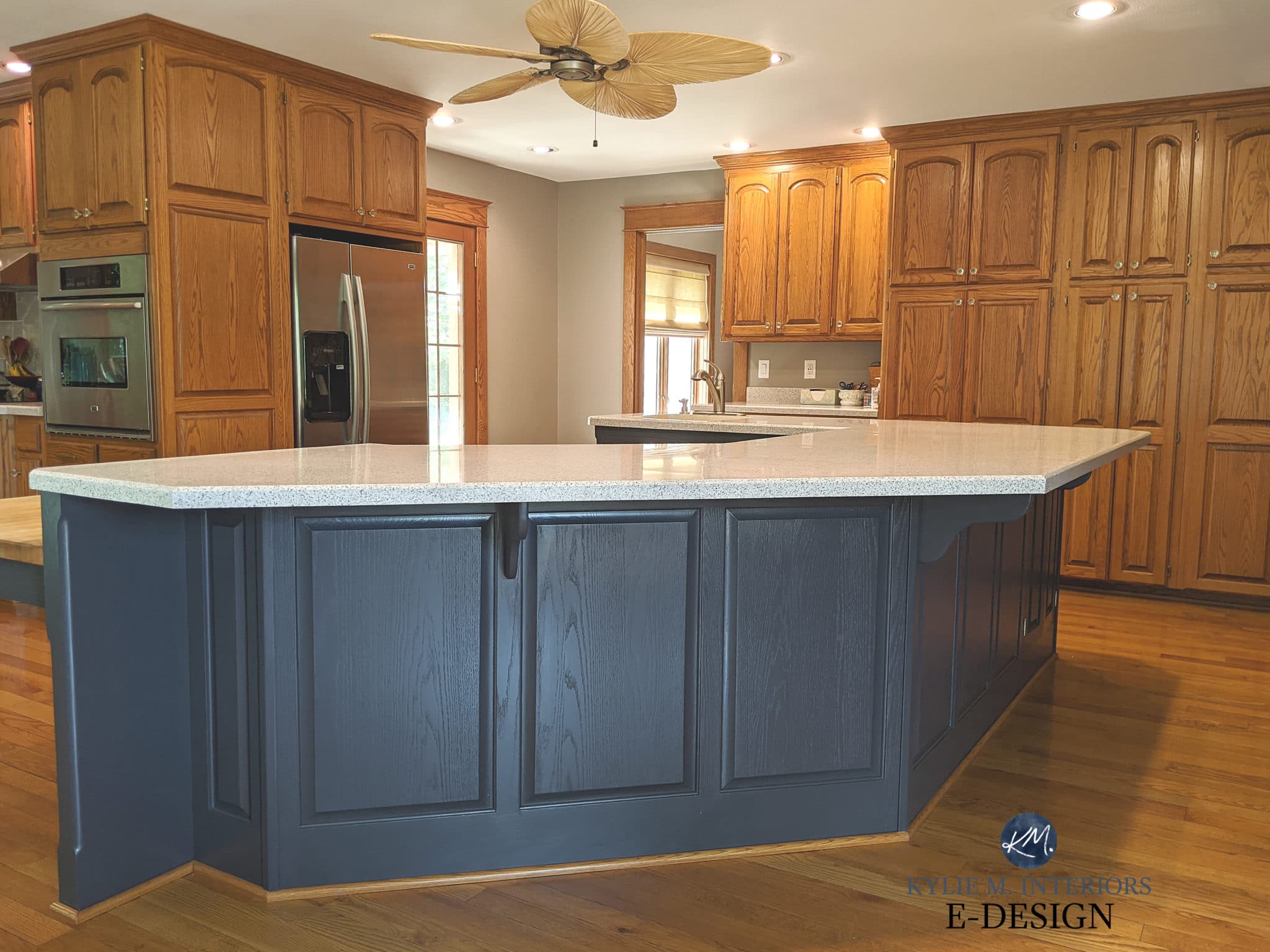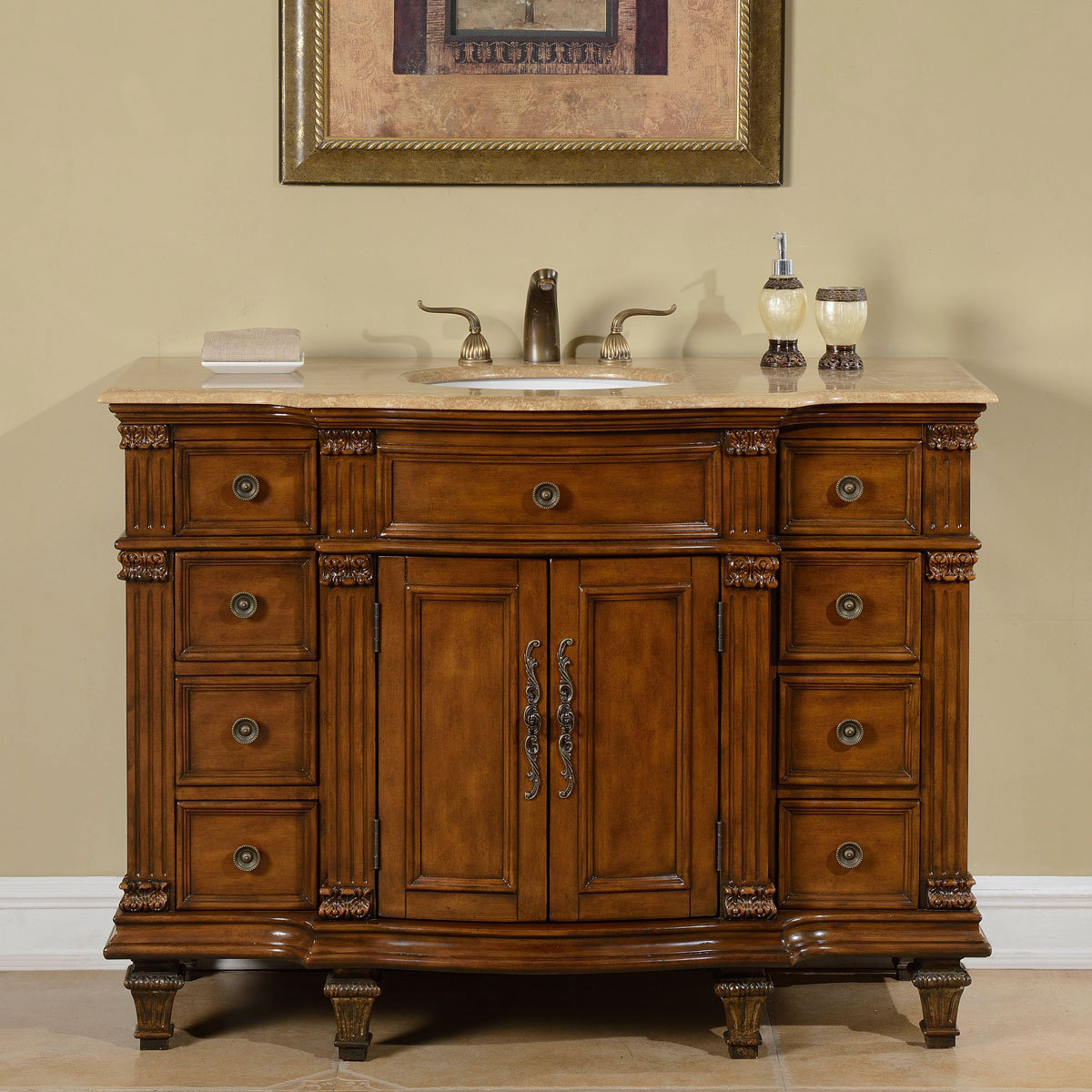Choosing the Right Paint Finish for Your Bathroom

The paint finish you choose for your bathroom vanity can significantly impact its look and feel, as well as its durability. It’s important to consider factors like the bathroom’s style, size, and usage when making your decision.
Factors to Consider When Choosing a Paint Finish, What paint finish for bathroom vanity
When choosing a paint finish for your bathroom vanity, there are several factors to consider. These include the style of your bathroom, the size of the vanity, and the amount of traffic it will receive.
- Bathroom Style: The paint finish should complement the overall style of your bathroom. For example, a glossy finish might be a good choice for a modern bathroom, while a matte finish might be more suitable for a traditional bathroom.
- Vanity Size: The size of your vanity can also influence your paint finish choice. A smaller vanity might look better with a lighter paint finish, while a larger vanity can handle a darker finish.
- Bathroom Usage: The amount of traffic your bathroom receives will also affect your paint finish choice. A high-traffic bathroom will require a more durable finish than a low-traffic bathroom.
Paint Finishes for Different Bathroom Styles
Here is a table comparing different paint finishes and their suitability for various bathroom styles:
| Paint Finish | Modern | Traditional | Farmhouse |
|---|---|---|---|
| Matte | ✅ | ✅ | ✅ |
| Eggshell | ✅ | ✅ | ✅ |
| Satin | ✅ | ✅ | ✅ |
| Semi-Gloss | ✅ | ✅ | ✅ |
| Gloss | ✅ | ✅ | ✅ |
Applying Paint Finish to a Bathroom Vanity: What Paint Finish For Bathroom Vanity

Transforming your bathroom vanity with a fresh coat of paint can revitalize the entire space. Proper application is key to achieving a durable and aesthetically pleasing finish. This section provides a comprehensive guide on how to paint your bathroom vanity, from surface preparation to achieving a smooth and even finish.
Surface Preparation
Surface preparation is crucial for a successful paint job. It ensures the paint adheres properly and lasts longer. Here’s how to prepare your bathroom vanity for painting:
- Clean the Surface: Thoroughly clean the vanity with a mild detergent and warm water. Remove any dirt, grime, grease, or soap residue. Allow the surface to dry completely before proceeding.
- Sand the Surface: Lightly sand the entire surface of the vanity with fine-grit sandpaper (120-grit). This helps to create a smooth surface for the paint to adhere to and removes any imperfections. For a smoother finish, use a progressively finer grit sandpaper (220-grit) for the final sanding.
- Remove Loose Paint: Scrape off any loose or peeling paint with a scraper. Use a putty knife to fill in any cracks or holes in the wood.
- Prime the Surface: Apply a coat of primer specifically designed for bathrooms or high-moisture areas. This creates a barrier between the wood and the paint, preventing moisture from damaging the paint and ensuring a smooth, even finish.
Primer Selection
Choosing the right primer is crucial for a successful paint job. It provides a base for the paint to adhere to and helps to seal the surface, preventing stains and odors from bleeding through. Here’s a guide to primer selection:
- Oil-Based Primer: This type of primer is ideal for sealing porous surfaces like wood and provides excellent adhesion. It also creates a barrier against moisture and stains. However, oil-based primers require longer drying times and can have a strong odor.
- Water-Based Primer: This type of primer is a good choice for surfaces that are not too porous and dries quickly. It is also less odorous than oil-based primers. However, water-based primers may not provide the same level of adhesion as oil-based primers.
- Sheen Primer: This type of primer offers a slightly glossy finish that can help to hide imperfections in the surface. It is also a good choice for surfaces that are prone to stains.
Paint Application Techniques
Applying paint properly is key to achieving a professional-looking finish. The following techniques will help you achieve a smooth and even coat of paint:
- Choose the Right Paint: Select a paint specifically designed for bathroom use. These paints are typically formulated to resist moisture, mildew, and mold. You can choose from various sheens, including matte, satin, semi-gloss, and gloss. Matte finishes are best for hiding imperfections, while gloss finishes are more durable and easy to clean.
- Use a High-Quality Brush and Roller: Invest in a high-quality brush and roller to ensure a smooth and even application. Use a brush for corners, edges, and hard-to-reach areas. Use a roller for larger surfaces.
- Apply Thin Coats: Apply thin, even coats of paint. Avoid overloading the brush or roller. Too much paint can lead to drips and runs. Allow each coat to dry completely before applying the next coat. This typically takes 2-4 hours, depending on the type of paint and the humidity level.
- Use Long, Smooth Strokes: When applying paint with a brush, use long, smooth strokes in the direction of the wood grain. For a roller, use an “M” or “W” pattern to ensure even coverage.
- Don’t Forget the Edges: Use a brush to paint the edges and corners of the vanity. Make sure to get a smooth, even coat of paint on all surfaces.
Visual Guide to Applying Paint
[Here is where you would include a visual guide demonstrating the correct way to apply paint with a brush and roller, highlighting key points for achieving a smooth and even finish.]
Ventilation and Drying Time
Proper ventilation is essential when painting a bathroom vanity. Open windows and doors to allow fresh air to circulate. This helps to prevent the build-up of fumes and allows the paint to dry properly.
It is recommended to wait at least 24 hours before using the bathroom vanity after painting. This allows the paint to cure completely and prevents the paint from being damaged or scratched.
What paint finish for bathroom vanity – When choosing a paint finish for your bathroom vanity, consider the level of durability and sheen you desire. A semi-gloss finish offers a balance of easy cleaning and subtle shine, while a matte finish provides a more contemporary and understated look.
If you’re looking for a bold and sophisticated color to complement your vanity, charcoal grey bathroom paint is a great option. The choice of paint finish will ultimately depend on your personal preference and the overall aesthetic of your bathroom.
When choosing a paint finish for your bathroom vanity, consider the level of durability you need. A semi-gloss finish is a popular choice as it’s easy to clean and resists moisture, but for a truly luxurious look, a high-gloss finish can add a touch of elegance.
If you’re also looking for the perfect ceiling paint for your bathroom, consider the Benjamin Moore ceiling paint bathroom options, known for their mildew resistance and moisture-resistant properties. No matter your choice for the vanity, a durable paint finish will help your bathroom stay beautiful for years to come.